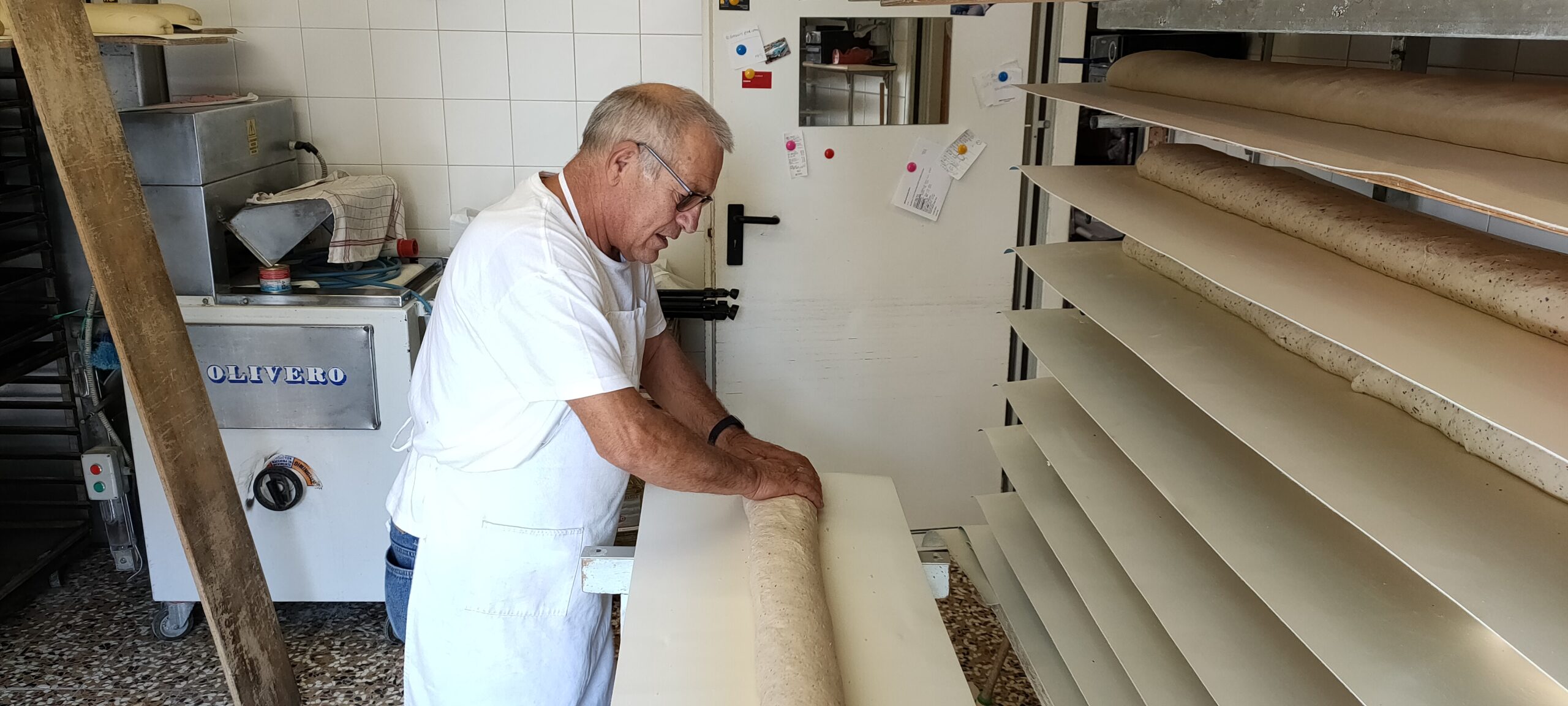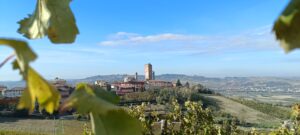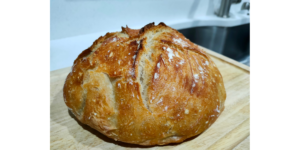When you manage to eat, drink and explore across the entire region of Piemonte, there is one constant on every table or tasting room here…the wonderful breadsticks known all over the world as grissini. Most of the commercial options available are extremely different in flavor and in terms of quality and size. The commercially produced grissini you find in America and around the world do not do any justice to the artisanal nature and deliciousness of something so simple yet representative of the region.
I invite you to explore an artisanal Panetteria (bakery) in Barolo that has been there since 1979 and owned by two sisters and one lucky brother. The name of this family-run business which is located in the Centro Storico is Cravero e Fratelli. I had the pleasure of spending an entire day with them learning the process and baking grissini with them. However, let us first examine a little bit of history of how it started.

Grissini, or Italian bread sticks, originated in the town of Turin, Piemonte which is a northwestern region of Italy (also formerly of the French Kingdom of Savoy). Grissini was supposedly invented around the end of the 17th century to cure the health problems of a certain young member of the royal family, Duke Vittorio Amedeo II of Savoy.

The child had difficulty digesting foods that they couldn’t understand why and so the courts’ doctor commissioned a baker from Torino, Antonio Brunero, to create a bread that the young child could digest. Antonio the baker decided to use a piece of the dough used to make Ghersa, a common bread of Torino and stretch it into long, thin strips. Once baked, the thin bread sticks were crisp and digestible for the young duke. Antonio’s creation was met with great success and became so popular that it ingrained itself into the daily meals of the people of Turin and after all of Italy.
One of the greatest fans of grissini was Napoleon Bonaparte, who at the beginning of the 19th century, even founded a stagecoach delivery service between Turin and Paris mostly just for bringing him what he called “les petits batons de Turin”, “ little sticks of Turin”.
Exactly like the breadsticks from centuries ago, these are found on every restaurants dining table in Piemonte and beyond.
I spent time learning from one of the oldest grissini artisans in Barolo” Panetteria Cravero e Fratelli” where they shared their secrets with me.
The dough is a type “O”simply made from a local artisanal biological flour producer found in the neighboring town of La Morra, “IL Mulino Sobrino”. As a result of the dough consisting of artisanal and local wheats this means that it varies in weight and/or texture so it requires a baker who is skilled at his craft to produce a consistent product. The dough is a mixture of beer yeast, salt, water and this flour. It is left to rise in shaped in formations about 2 meters long and 1 foot wide for about 3-4 hours. Afterwards, they are dusted in cornmeal and fed through a machine that cuts it into strips.
They are then picked up by hand and using gravity, elongated into strips which are placed on a baking rack into the oven for 20 minutes at 280 degrees Celsius. The absolute dexterity and precision with which they work this very delicate dough was amazing to witness. I could understand that it was all about the feeling and touch after 41 years of experience. What ensues is an absolutely delicious crusty bread stick that is savory yet an integral part of life here in the Langhe.
Nearly every inquisitive passerby that stopped to smell these heavenly aromas were rewarded with a free sample. Guglielmo told me that this was free publicity to advertise the quality of their grissini. They are also made in two other flavors with the addition of nociole or hazelnut and one with rosemary. The rosemary is good with cheese and cured meats. Nearly every winery you visit in this region which is famous for producing world class red wines like Barolo, Barbaresco, Dolcetto, Barbera and more has them to nibble on while sampling.
The next time you wish to take a trip to Italy, consider Piemonte as it is one of the crown jewels in the entire country and is one of the most awarded food regions in the world. Also don’t forget to say hello to Daniela, Guglielmo, Vanda and their son Stefano who has now joined the business in Barolo.
Let’s stay connected. Follow my other adventures on Facebook or Instagram.



